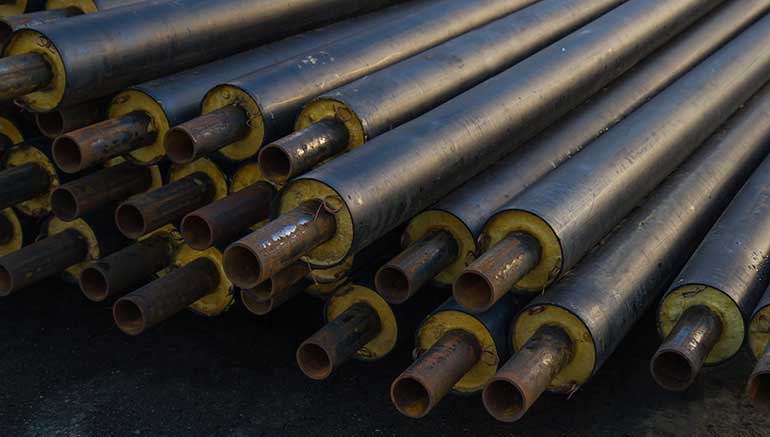Alarm raised about pre-insulated pipework
13th July 2022
UK: Two of the UK’s leading trade associations have called for more rigorous checks on the fire safety of pre-insulated pipework being installed in buildings.
The Building Engineering Services Association (BESA) and the Thermal Insulation Contractors Association (TICA) have issued a joint statement raising questions about the suitability of pipework that is normally used for underground and buried applications, such as primary heating networks, now being deployed inside buildings.
They say this is a “fundamental change in product application” and takes the products outside the scope of the quality standards that are normally applied to their performance. Considering the current focus on fire safety in buildings, the two bodies were anxious to draw attention to this issue.
They explained that building services pipe insulation specifications typically reflect the requirements of BS 5422 to ensure full compliance with the Building Regulations. However, pre-insulated pipework systems typically use either PUR or PE insulants, which do not meet the fire performance criteria typically specified for buildings.
“In addition, the one-size-fits-all approach to insulation thickness typically undertaken by manufacturers of pre-insulated pipework simply does not allow for the required flexibility to meet individual specification requirements,” the joint statement said.
Both bodies are particularly concerned about the use of coiled flexible polyethylene insulated piping systems. “We have increasing evidence that these systems are being installed in high-risk buildings, such as large multi-residential buildings,” they said.
The statement reminded manufacturers, distributors, and installers of pre-insulated polyethylene pipework systems that they had a responsibility to provide evidence of the suitability of these products for the specific application in question.
Specifiers were also urged to check the thermal performance of the polyethylene system and to ask the supplier how it would meet the heat loss/gain requirements of BS 5422 and Part L of the Building Regulations. It is also vital that each product has the appropriate Euroclass fire rating, they said.
“This is a critical fire safety issue and both bodies were determined to present a united front to help protect best practice in building services installations,” said BESA’s head of technical Graeme Fox.







